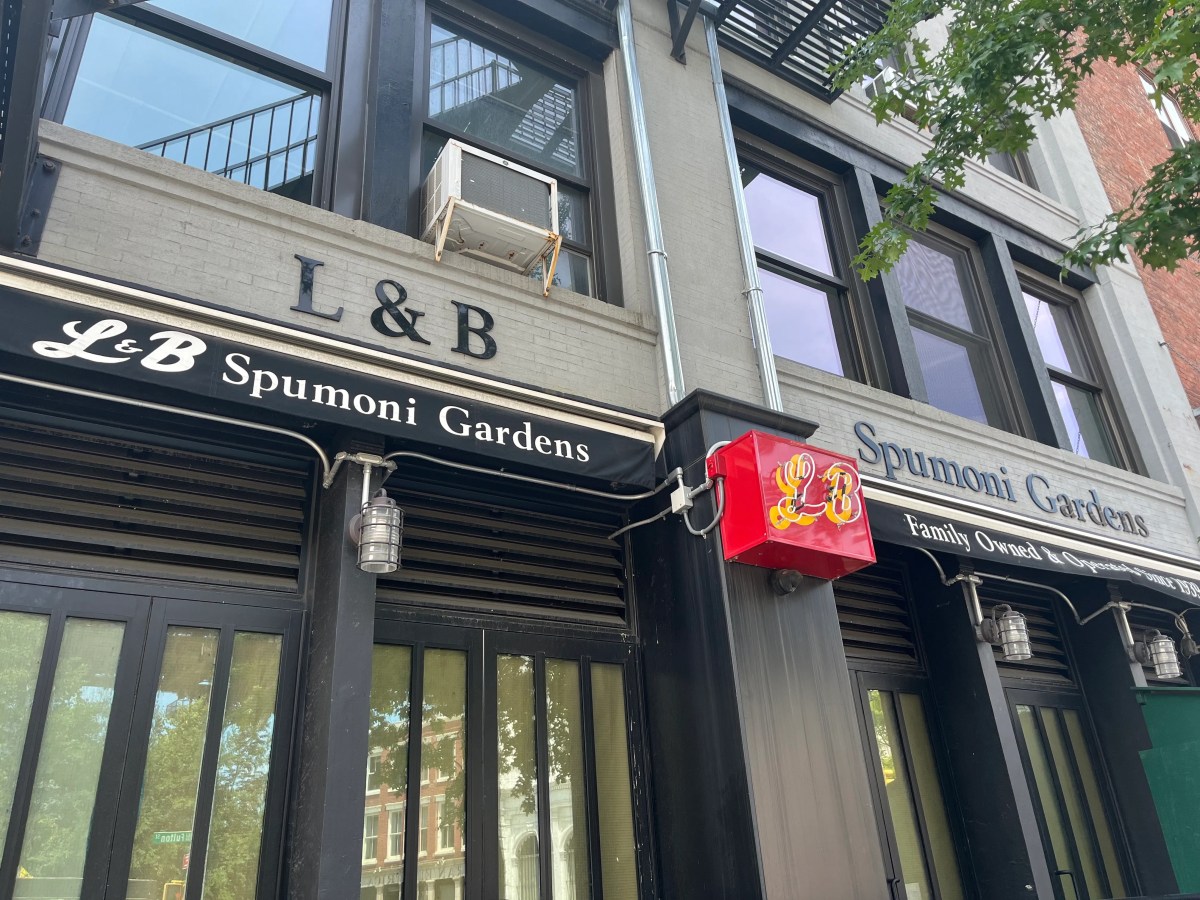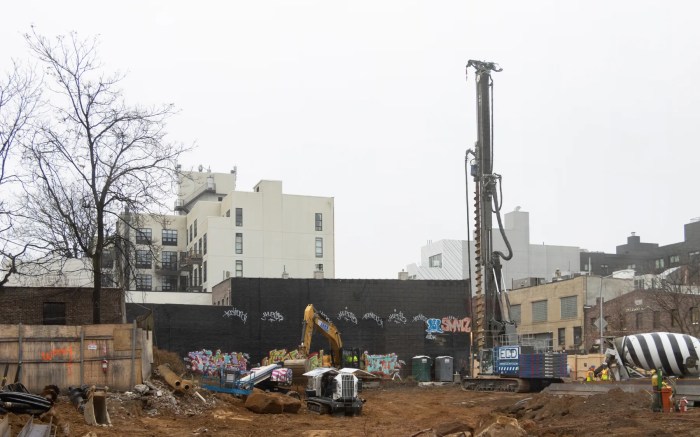The new proposal for a South Village Historic District is an idea long overdue. Although the notion was first broached three years ago, it has taken a back seat while other pressing matters took precedence, such as the extension of the Greenwich Village Historic District. Also, it took time for the Greenwich Village Society for Historic Preservation, the proposal’s sponsor, to research the history of each of the district’s 800 buildings in order to compile a designation report.
But with the current development boom showing no signs of slowing, it’s now high time that this proposed district, containing many treasured buildings, be designated.
What can happen without such protection was no more evident than in the destruction in 2001 of the historic Poe House and Judson Church House at W. Third and Thompson Sts. by New York University’s School of Law for its sprawling, barn-shaped, new high-rise building. “Nevermore” would Villagers enjoy the formerly tranquil, low-scale ambiance of this corner, featuring Judson Church House’s beautiful backyard with its stately trees.
And then — another loss — the Tunnel Garage at Broome and Thompson Sts. was razed this year. Built in anticipation of the Holland Tunnel’s construction, it sported unique terra-cotta lettering and a plaque displaying a 1920s automobile.
Thankfully, however, many distinguished buildings still remain in the proposed district, a roughly ax-shaped area extending from Washington Square to Watts St.
There are two magnificent churches in the district: Our Lady of Pompei and St. Anthony of Padua. Among the noteworthy residential buildings is 39 Washington Square, at the square’s southwest corner, known in its day as a “French flat,” a step up from a tenement, for the middle class.
Most French flats were located north of the square, however. What makes the South Village district unique is that it would be the city’s first tenement-based historic district. The neighborhood has a rich working-class and immigrant history, notably having been a major destination point and new home for Italian immigrants.
There are many interesting buildings in the district about which entire books could be written, such as the former Mills House at 160 Bleecker St. Currently The Atrium apartment building, until recently home to Life nightclub, it was an example of so-called reform housing; originally a 10-story residence for single men, it featured 1,500 bedroom cubicles, each 5 feet by 7 feet with its own window.
Also in the study area is the handsome Tony Dapolito Recreation Center at 1 Clarkson St., which, designed in 1906, catered to the neighborhood’s working-class immigrants.
We don’t have the time or space to detail all of G.V.S.H.P.’s report, but, needless to say, it’s very well researched and impressive. It makes an irrefutable case for why the South Village should be designated.
Landmarking the South Village is another essential, much-needed piece of the puzzle to protect the Village from overdevelopment and destruction.






































